Higher classification Lapsana | Scientific name Lapsana communis Rank Species | |
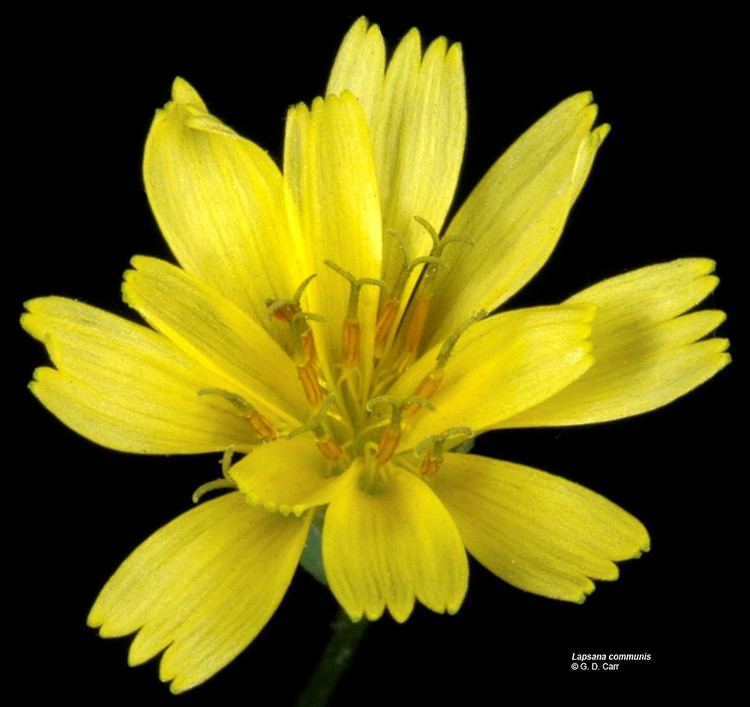 | ||
Similar Lapsana, Daisy family, Spergula arvensis, Wall Lettuce, Myosotis arvensis | ||
Nipplewort lapsana communis 2012 06 30
Lapsana communis, the common nipplewort, is a species of flowering plant in the sunflower family. It is native to Europe and southwestern Asia. and widely naturalized in other regions including North America.
Contents
- Nipplewort lapsana communis 2012 06 30
- Nipplewort lapsana communis 2012 06 02
- Description
- Cultivation and uses
- Ecology
- Distribution
- References
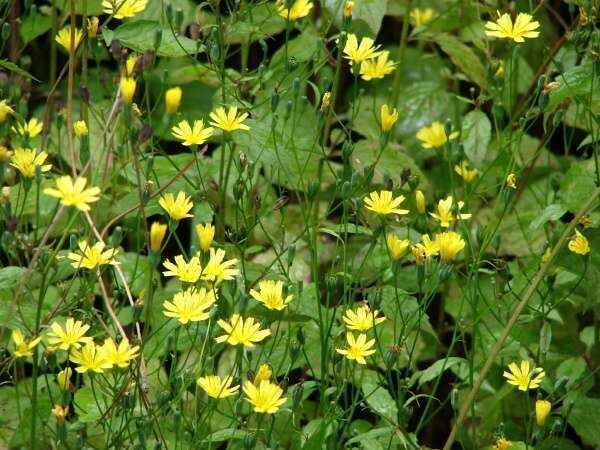
Nipplewort lapsana communis 2012 06 02
Description
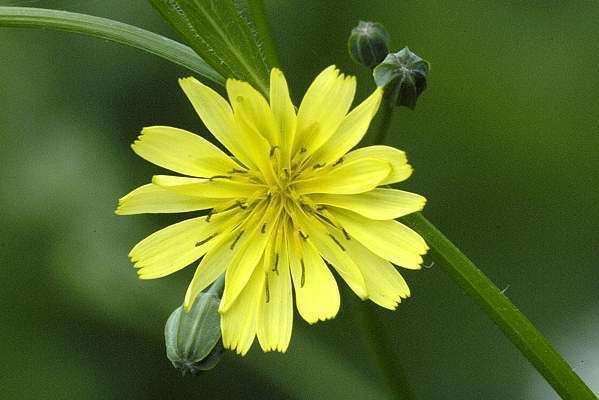
Nipplewort is an annual or perennial herbaceous plant growing to 1–1.2 m (3 ft 3 in–3 ft 11 in) tall, with erect, hairy branching stems and clear (not milky) sap. The leaves are alternate and spirally arranged; the larger leaves at the base of the flowering stem are often pinnate, with a large oval terminal leaflet and one to four small side leaflets, while smaller leaves higher on the stem are simple oval; all leaves have toothed margins. The flowers are yellow, produced in a capitulum 1–2 cm (0.39–0.79 in) diameter, the capitula being numerous in loose clusters at the top of the stem. The capitulum is surrounded by a whorl of involucral bracts, the outer ones very small and the inner ones erect, narrow and stiff and all the same length. The eight to fifteen florets are pale yellow and shaped like a tongue with a five-toothed tip. Each has five stamens and a gynoecium composed of two fused carpels. The fruit is a cypsela surrounded by the hardened remains of the involucral bracts. The numerous small seeds are retained in the cypsela until the plant is shaken by the wind or a passing animal.
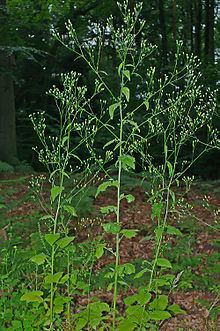
Cultivation and uses
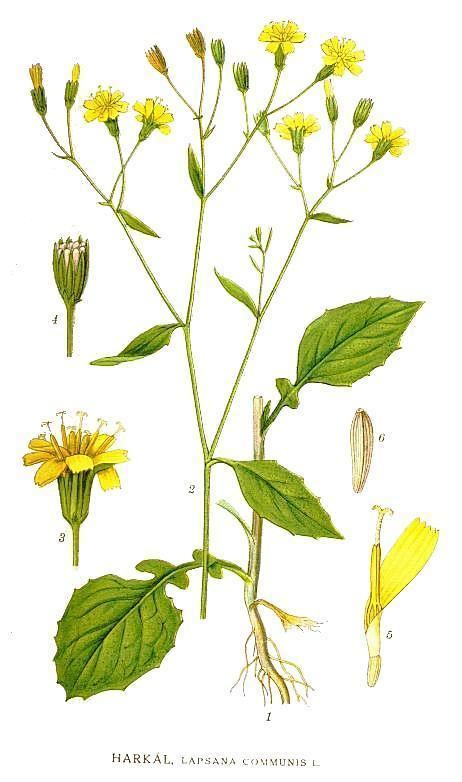
The young leaves are edible, and can be used in salads or cooked like spinach. The scientific name comes from Lapsane, an edible herb described by Marcus Terentius Varro of ancient Rome. The English name 'Nipplewort' derives from its closed flower buds, which resemble nipples. Because of its resemblance to nipples, under the doctrine of signatures it was once used as treatment for breast ulcers.
Ecology
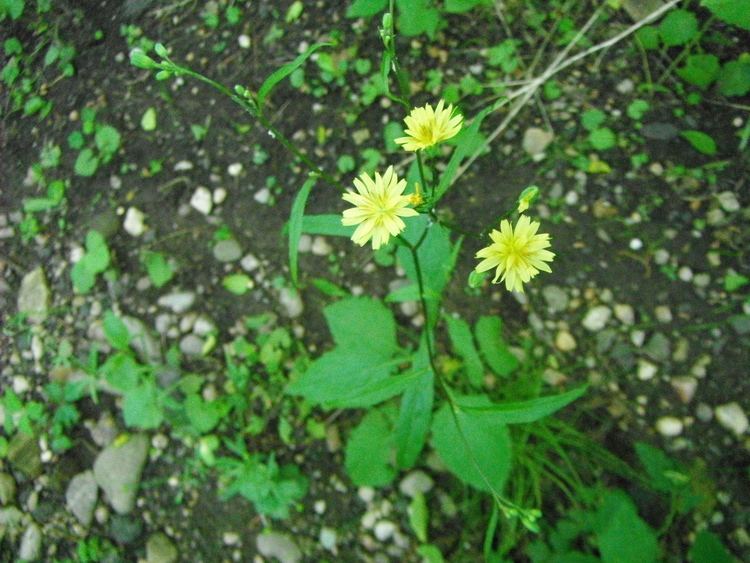
Nipplewort is found growing in arable fields, woods, hedges, roadsides, wasteland, hedgerows, woodland margins and clear-felled areas in forests.
Distribution
Away from its native area, Lapsana communis is common throughout the British Isles, naturalised, and sometimes considered an invasive species, in many areas around the world, including Australia, Chile, New Zealand, Greenland, and most of Canada and the United States.
